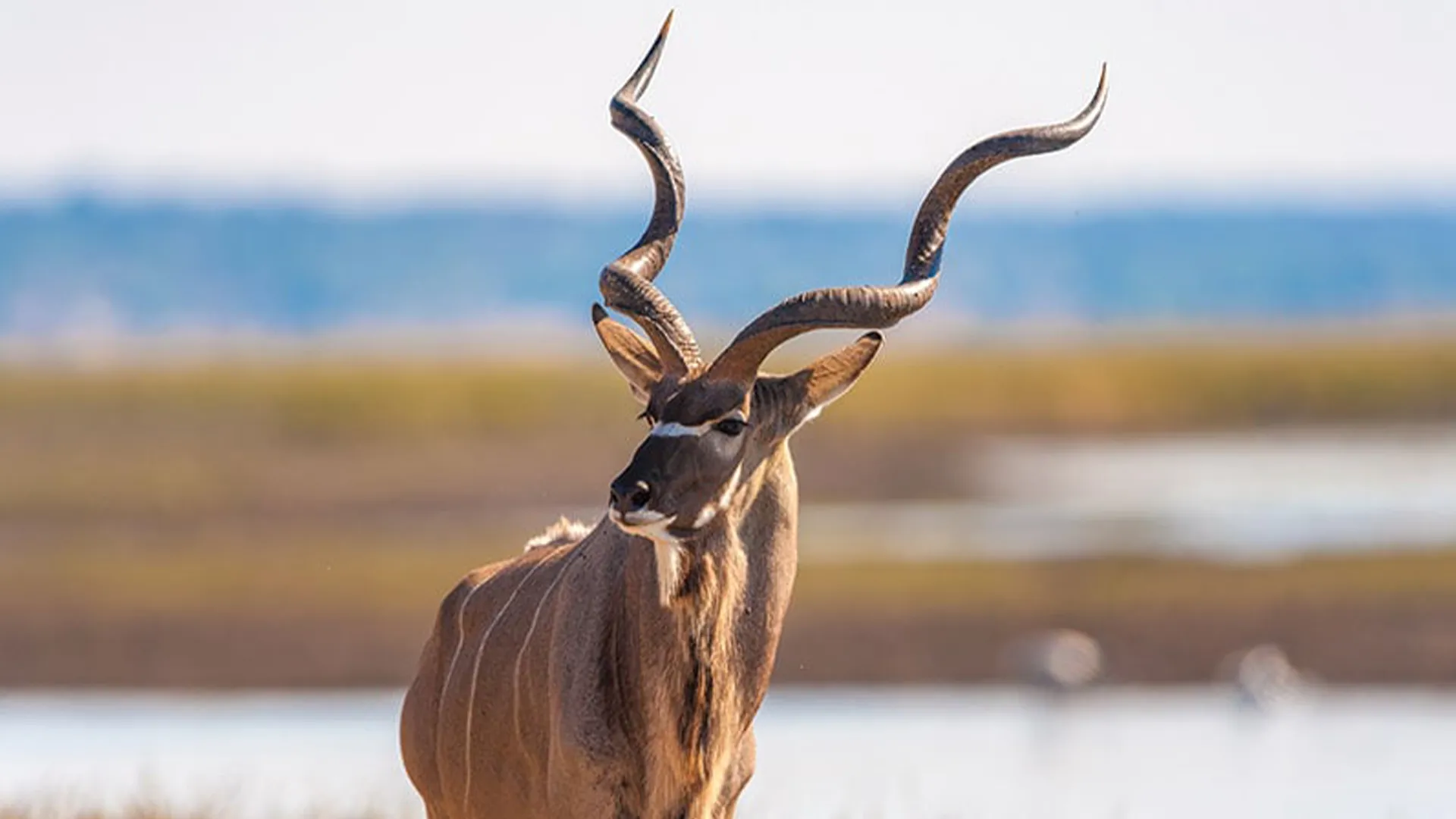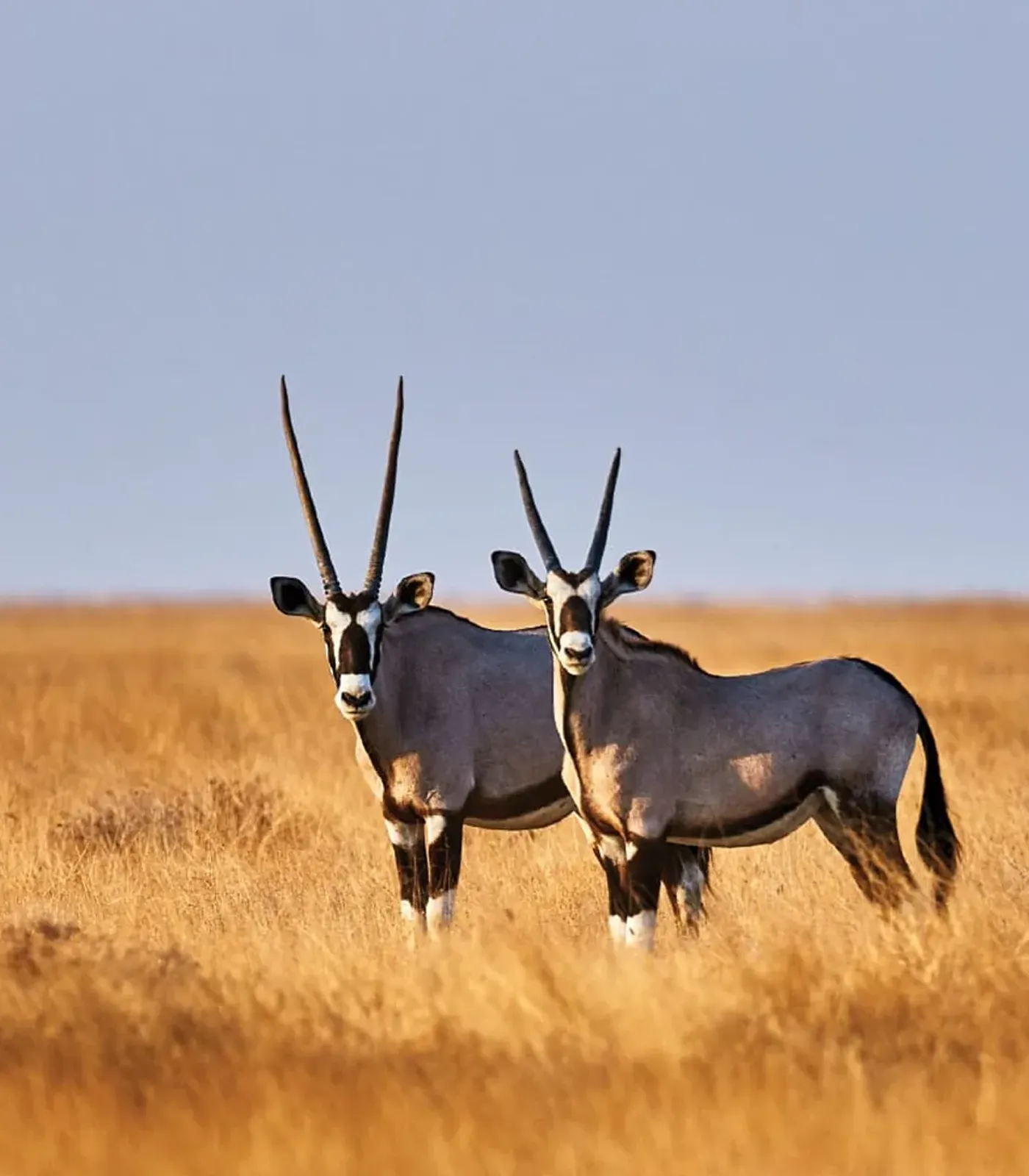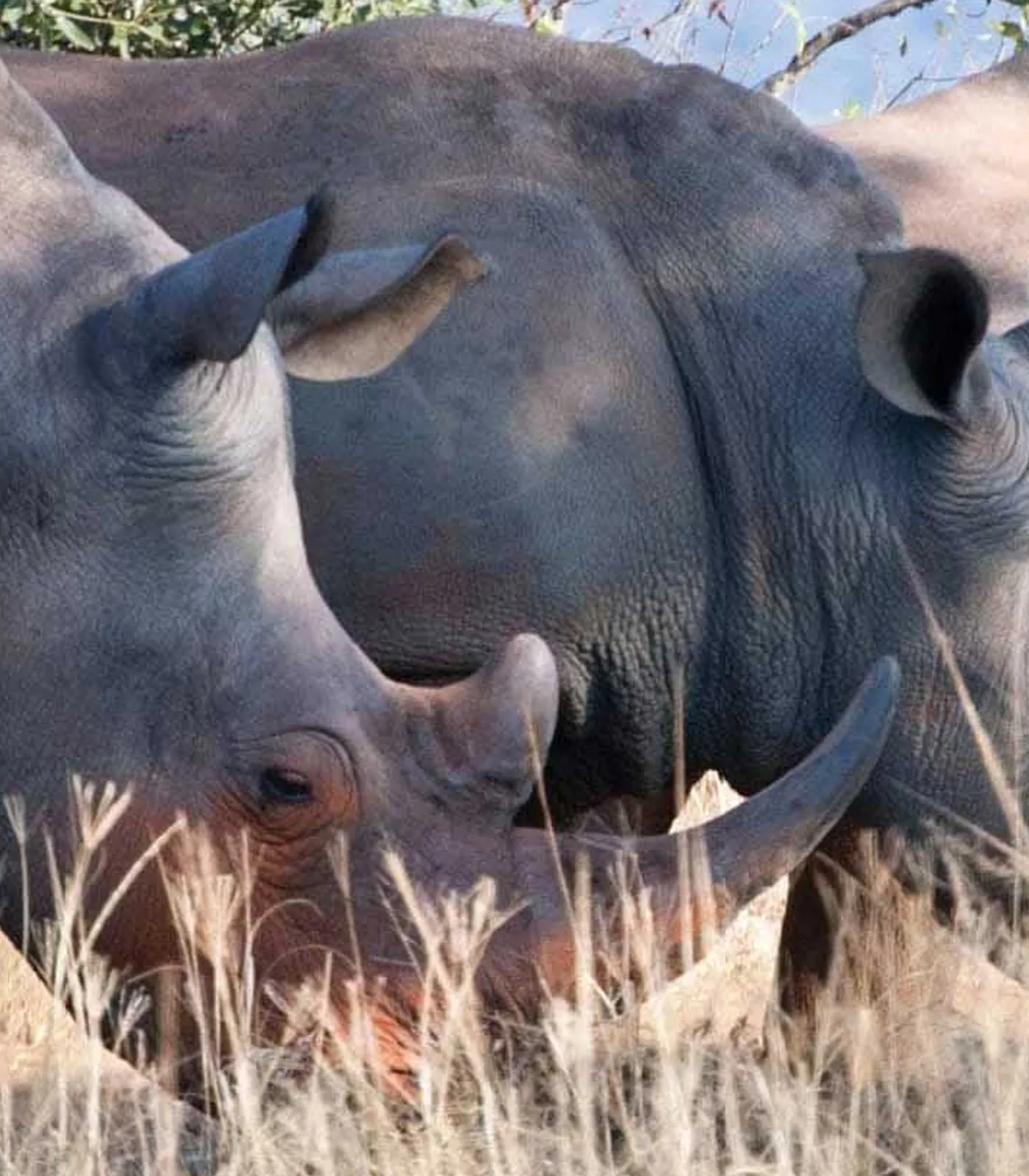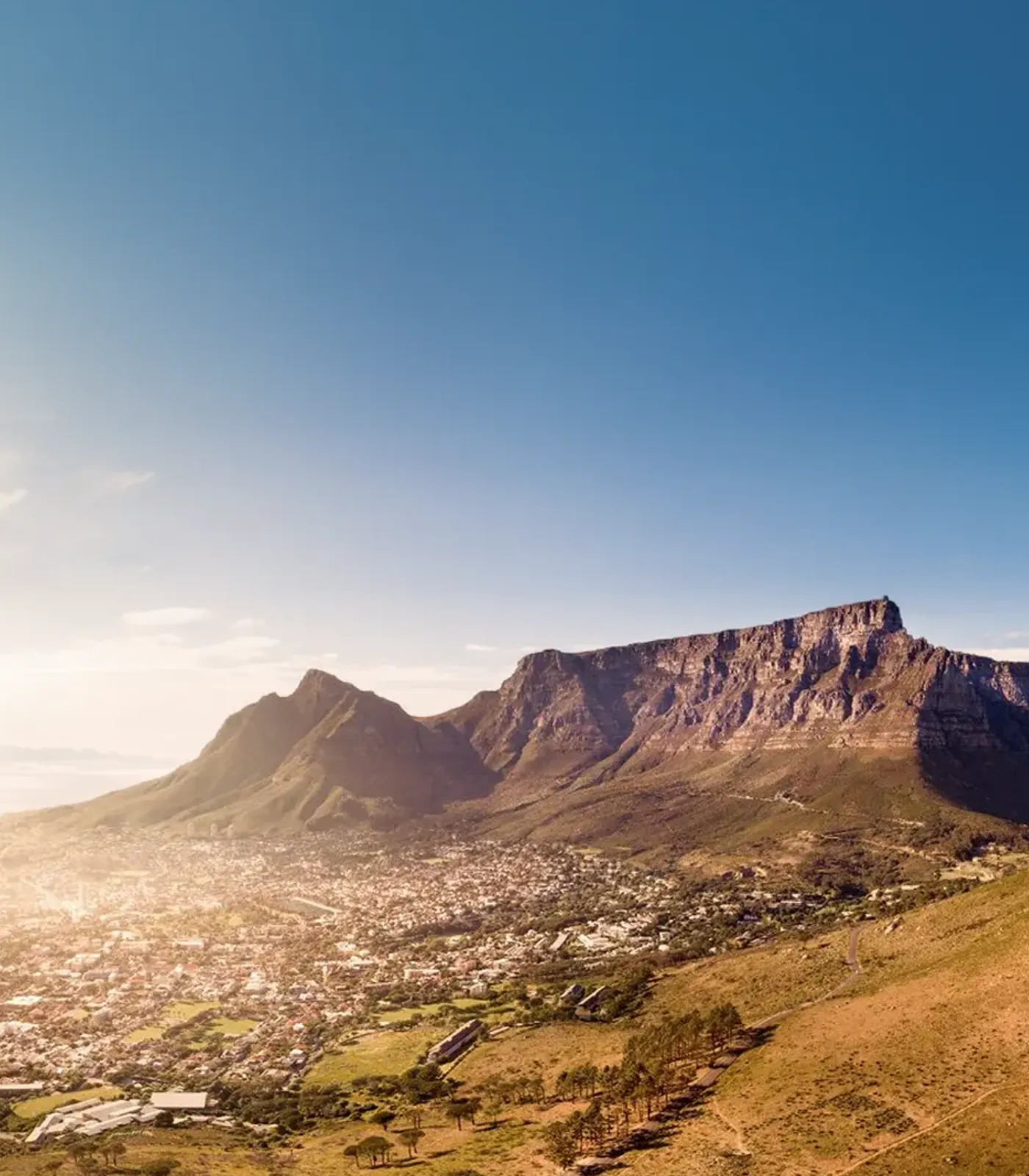
Tracking Kudu in the Eastern Cape | Avula Safaris
The Eastern Cape is a land of contrast—rolling hills meet rocky outcrops, thick valley bushveld gives way to open plains, and somewhere in that varied terrain, the ghost of the bush moves. The kudu.
Known as the “grey ghost,” the kudu is a master of camouflage and caution. With spiraled horns and regal posture, this elusive antelope is a prized trophy—and one of the most challenging species to track.
At Avula Safaris, we’ve guided hundreds of hunters in pursuit of this iconic African species, and every hunt is a new story.
1.
Understanding Kudu Behavior
Kudu are browsers, feeding on leaves, fruits, and flowers. They favor thick cover but emerge in the early morning or late afternoon to feed.
Key behavior to know:
-
They use their large ears to detect the slightest sound
-
They often move in single file, led by a wary cow or a dominant bull
-
Mature bulls are often solitary or travel with bachelor groups
Understanding these habits is essential for getting close.
2.
The Terrain of the Eastern Cape
The Eastern Cape’s mixed topography offers both opportunity and challenge.
Hunting landscapes include:
-
Thorny thickets and dry riverbeds
-
Rocky ridges ideal for glassing
-
Bushy valleys where kudu bed during the day
Each environment requires a different approach and patience.
3.
Spot and Stalk Techniques
Tracking kudu requires a mix of stealth, timing, and skilled optics.
Our recommended approach:
-
Glass from high points in the early morning
-
Locate fresh spoor and follow slowly
-
Move into the wind to stay undetected
A successful stalk often takes several hours and a great deal of silence.
4.
When to Hunt Kudu
Kudu hunting is best during South Africa’s dry season (April to September), when bush cover thins and animals rely more on water points.
Best time to hunt:
-
Early mornings just after first light
-
Evenings near feeding trails or watering holes
During the rut (May to July), bulls may be more visible as they pursue cows.
5.
What Caliber and Gear to Use
Kudu are large-bodied animals, often weighing over 600 pounds.
Recommended rifles and gear:
-
Caliber: .30-06, .300 Win Mag, or similar high-impact rounds
-
Optics: A scope with 3–9x magnification
-
Footwear: Quiet, durable boots for rough terrain
-
Clothing: Neutral tones that match the bushveld
A stable rest and well-placed shot are crucial.
6.
The Moment of Truth
Every hunter remembers their first kudu.
Maybe it’s the flick of a white tail in dense bush. The glint of horns through thick acacia. The pause, the breath, the crack of the shot—and then the adrenaline rush as the grey ghost disappears.
Tracking the fallen animal through brush is as much a part of the hunt as the shot itself. When you finally find him, lying beneath the shadows of the Eastern Cape hills, there’s a reverence that settles in. A respect earned, not given.
7.
Conservation and Ethical Harvest
Kudu hunting in South Africa is strictly regulated. At Avula Safaris, we operate on private reserves that prioritize sustainability.
We ensure:
-
Quotas are respected and populations monitored
-
Older bulls past prime breeding age are selected
-
Every part of the animal is used, including meat for local communities
Responsible hunting is conservation in action.
8.
Plan Your Kudu Safari With Avula
If you dream of tracking the grey ghost through wild South African terrain, the Eastern Cape is where that dream becomes reality.
With expert PHs, pristine hunting areas, and luxury bush accommodation, Avula Safaris offers an experience that’s as rewarding as it is unforgettable.



